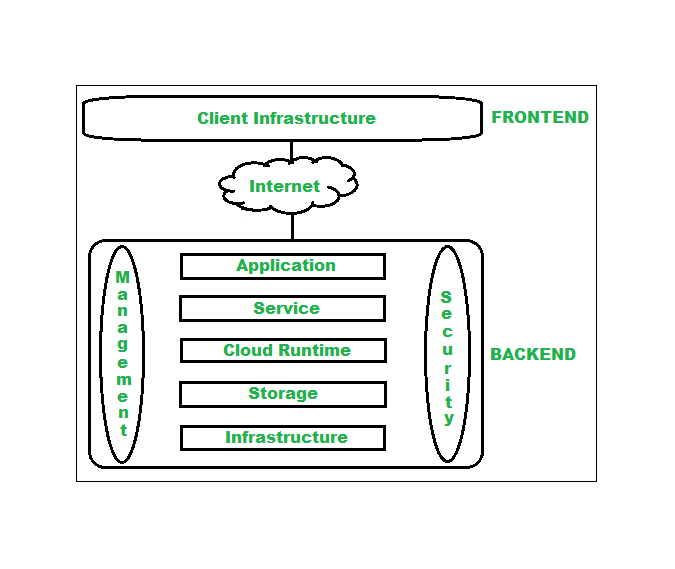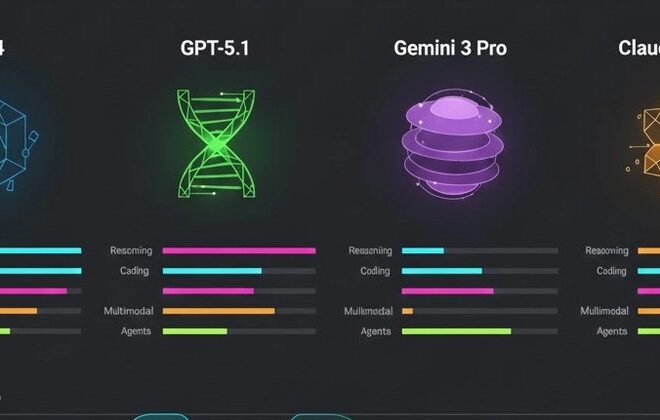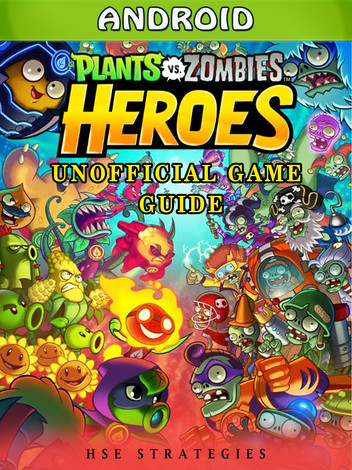
Beyond the Headlines: A Deep Dive into the Technology Powering Android News
The Unseen Engine: Deconstructing the Android News Ecosystem
Every day, billions of users glance at their Android phones to catch up on the latest headlines, read in-depth analyses, or watch breaking news unfold. This seemingly simple act of consuming Android news is the endpoint of a vast, intricate, and highly sophisticated technological pipeline. It’s an ecosystem that stretches from massive cloud data centers to the powerful processor in your pocket, blending data aggregation, content delivery networks, advanced application architecture, and increasingly, artificial intelligence. While the front-end experience is designed for seamless simplicity, the backend reality is a complex ballet of services and protocols working in concert to deliver timely, relevant, and engaging information.
This article moves beyond app reviews and delves into the core technologies that make modern news consumption on Android possible. We will dissect the entire lifecycle of a news story—from its creation and aggregation to its intelligent delivery and presentation on a wide array of Android gadgets. We will explore the architectural choices developers face, the critical role of on-device processing, and the double-edged sword of algorithmic personalization. For developers, this is a look under the hood at best practices and common pitfalls. For power users and tech enthusiasts, it’s a comprehensive guide to understanding what truly happens when you tap on a notification or open your favorite news app.
Section 1: The Architecture of Aggregation and Delivery
Before a single headline appears on your screen, it must be sourced, processed, and prepared for distribution on a global scale. This foundational layer is the backbone of the entire Android news ecosystem, built for speed, reliability, and immense scalability.
From Humble RSS to Sophisticated APIs
In the early days of digital news, the primary mechanism for aggregation was RSS (Really Simple Syndication). While effective, RSS feeds were often basic, providing raw XML data that required significant client-side parsing and offered limited metadata. Today, the landscape is dominated by powerful, RESTful News APIs. Services like the Google News API, NewsAPI.org, and The Guardian’s OpenPlatform provide developers with structured data, typically in JSON format, that is far richer than traditional RSS. A typical API response for a news article might include:
- Standard Metadata: Headline, author, publication date, source name.
- Content Snippets: A short summary or the first few paragraphs of the article.
- Rich Media: Direct URLs to high-resolution images, video embeds, and thumbnails.
- Categorization: Tags or categories (e.g., “Technology,” “Politics,” “Sports”) assigned by the provider, often using machine learning.
- Source Information: Details about the publisher, including logos and domain names.
This structured data drastically reduces the development overhead for app creators, allowing them to focus on the user experience rather than on complex data scraping and parsing. Publishers often partner directly with major aggregators, providing high-quality, real-time feeds to ensure their content is distributed instantly.
The Role of the Cloud and Content Delivery Networks (CDNs)

The sheer volume of news content and the global distribution of users make a robust cloud infrastructure non-negotiable. Major news aggregators and large publishers rely on cloud platforms like Amazon Web Services (AWS), Google Cloud Platform (GCP), or Microsoft Azure to handle the immense load. This cloud-based backend is responsible for ingesting data from thousands of sources, processing it, and serving it via APIs. However, simply serving data from a central server is inefficient. This is where Content Delivery Networks (CDNs) like Akamai, Cloudflare, or AWS CloudFront become critical. A CDN caches static assets—such as images, videos, and even the API responses themselves—in servers located geographically closer to the end-user. When a user in London requests an article with images, the CDN serves those images from a European server instead of one in North America, dramatically reducing latency and improving loading times on their Android phones. This is crucial for user retention, as studies consistently show that users abandon slow-loading pages.
Section 2: Crafting the On-Device Experience
Once the news data is delivered to the device, the Android application takes over. This is where developers make crucial decisions that directly impact performance, user engagement, and data consumption. The goal is to create a fluid, responsive, and intuitive experience, whether the user is online or offline.
Native vs. Progressive Web App (PWA): A Key Architectural Choice
Developers delivering news content on Android generally choose between two primary architectures: a native application or a Progressive Web App.
- Native Apps: Built using Kotlin or Java and the Android SDK, native apps offer the best possible performance and the deepest integration with the operating system. They can fully leverage features like rich, interactive home screen widgets (using
AppWidgetProvider), sophisticated background services for pre-fetching articles, and custom notification channels for granular user control. Data persistence is robust, with libraries like Room allowing for complex databases of saved articles for offline reading. - Progressive Web Apps (PWAs): Built with web technologies (HTML, CSS, JavaScript), PWAs run in the browser but can be “installed” on the home screen and offer an app-like experience. Their main advantage is cross-platform compatibility and ease of updates—a change to the web code is instantly available to all users. Using service workers, PWAs can offer offline capabilities and push notifications, though they often lack the deep OS integration and raw performance of a native app.
Case Study: A publisher like The New York Times invests heavily in its native app to provide a premium, highly integrated experience with offline “For You” sections and interactive media. In contrast, a smaller blog might opt for a PWA to reach a broad audience quickly without the overhead of native app development for both Android and iOS.
Intelligent Caching for a Seamless Experience
Effective caching is arguably the most critical element for a high-quality news app. It ensures a smooth experience even on spotty network connections and minimizes the user’s data consumption. A multi-layered caching strategy is a common best practice:
- Memory Cache: Using a class like
LruCache, apps keep recently accessed data (like bitmaps for article thumbnails) in RAM for instant retrieval. This is the fastest cache but is volatile and limited in size. - Disk Cache: For persistent storage, data is saved to the device’s internal storage. Modern Android development uses libraries like Room (an abstraction over SQLite) to store structured article data (headlines, body text, metadata). For images, libraries like Glide and Picasso automatically handle disk caching, saving downloaded images to be reused later.
- Network Layer Caching: Apps can respect HTTP caching headers (like
Cache-Control) sent from the server. This prevents the app from re-downloading data that the server has marked as unchanged, saving both bandwidth and battery.
Best Practice: A well-designed news app will often pre-fetch and cache top stories in the background when the device is connected to Wi-Fi and charging. This allows the user to open the app and immediately have content to read, even if they later go offline, such as on a subway commute.
Section 3: Personalization at Scale: The AI Revolution
In a world of information overload, personalization is key. The most successful Android news platforms don’t just show you the news; they show you *your* news. This is achieved through a combination of algorithmic curation and, more recently, on-device machine learning.

Algorithmic Curation vs. Human Editors
The “For You” or “Discover” tab in most news apps is powered by recommendation engines. These systems analyze user behavior—articles clicked, time spent reading, topics followed, sources blocked—to build a profile of interests. This data is fed into machine learning models that predict which new stories the user is most likely to engage with. This algorithmic approach, used heavily by Google News and Flipboard, allows for personalization at a massive scale. However, it comes with the risk of creating “filter bubbles,” where users are only shown content that confirms their existing biases. In contrast, platforms like Apple News and major newspaper apps employ human editors to curate a selection of top stories, ensuring quality, accuracy, and a diversity of viewpoints. The most effective strategy is often a hybrid model, using algorithms for niche interests while relying on human curation for major global events.
On-Device Machine Learning: The Privacy-First Approach
A significant trend in modern Android development is the shift towards on-device machine learning, using frameworks like TensorFlow Lite and Google’s ML Kit. Instead of sending all of a user’s reading history to a server for analysis, the app can run a lightweight ML model directly on the user’s Android phone. This has two major benefits:
- Privacy: Sensitive behavioral data never leaves the device. The on-device model can infer interests (e.g., “user is interested in ‘AI development’ and ‘Android gadgets’”) and then make generic requests to the server for content matching those topics, without revealing the specific articles read.
- Performance: On-device inference is instantaneous and works offline. The app can categorize and tag saved articles or suggest related content without needing a network connection.
This approach represents a more respectful and efficient way to achieve personalization, balancing user needs with growing concerns over data privacy.
Section 4: Future Trends and Recommendations
The technology powering Android news is constantly evolving. As devices become more powerful and AI becomes more integrated, the way we consume information will continue to change. Staying informed requires both developers and users to adapt.
What’s Next? Generative AI and Immersive Formats
The next frontier is already taking shape. We are beginning to see the integration of Generative AI, where large language models (LLMs) can provide bullet-point summaries of long articles or generate different versions of a headline. Furthermore, as AR and VR-capable Android gadgets become more mainstream, we can expect news organizations to experiment with immersive storytelling, allowing users to experience a news event in 3D rather than just reading about it. The rise of short-form video, popularized by platforms like TikTok, is also influencing news delivery, with many apps now incorporating a “stories” or “reels” style video feed.
Tips and Best Practices for News Consumers
As a user, you can take steps to improve your news consumption experience and protect your privacy:
- Diversify Your Sources: Don’t rely on a single algorithmic feed. Use a mix of aggregators and direct publisher apps to get a broader range of perspectives.
- Manage Notifications: Fine-tune your app’s notification settings. Use Android’s notification channels to disable alerts for topics you don’t care about to avoid information fatigue.
- Control Data Usage: In your news app’s settings, look for options to “pre-download on Wi-Fi only” and reduce image quality on mobile data to save your data plan.
- Scrutinize App Permissions: Be cautious of news apps that ask for unnecessary permissions like access to your contacts or location. A news app rarely needs this information to function.
Conclusion: The Informed Consumer in a Digital Age
The journey of a news story from a journalist’s keyboard to your Android screen is a marvel of modern technology. It involves a global network of servers, sophisticated APIs, intelligent caching strategies, and powerful on-device processing. The seamless interface of a top-tier news app belies the immense complexity of the underlying architecture, a system designed to be simultaneously vast in scale and deeply personal. As AI continues to refine personalization and new content formats emerge, the landscape of Android news will only become more dynamic. Understanding the technology that powers this ecosystem empowers us not only as developers and enthusiasts but also as consumers, enabling us to make more informed choices about how we access, consume, and critically evaluate the information that shapes our world.



